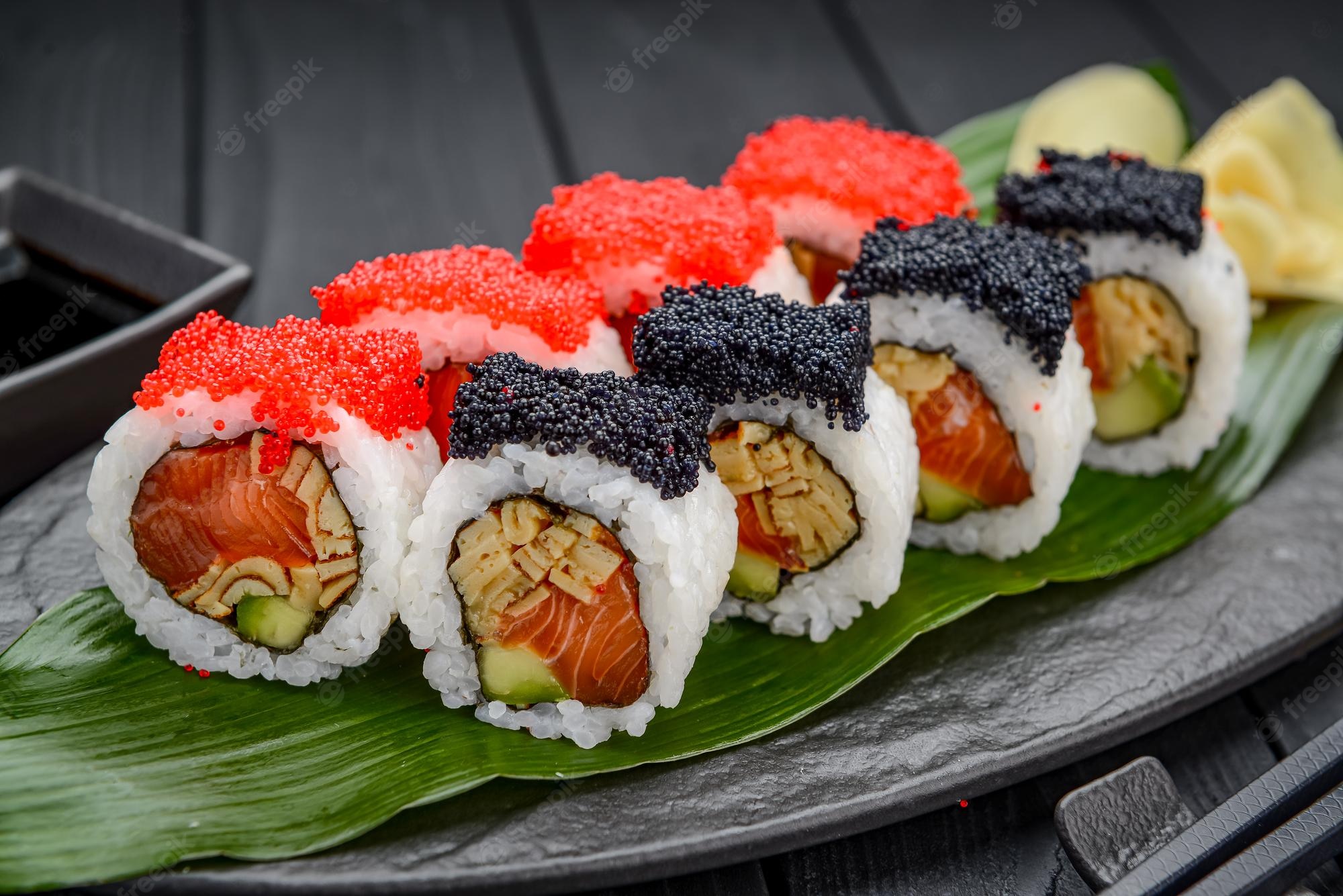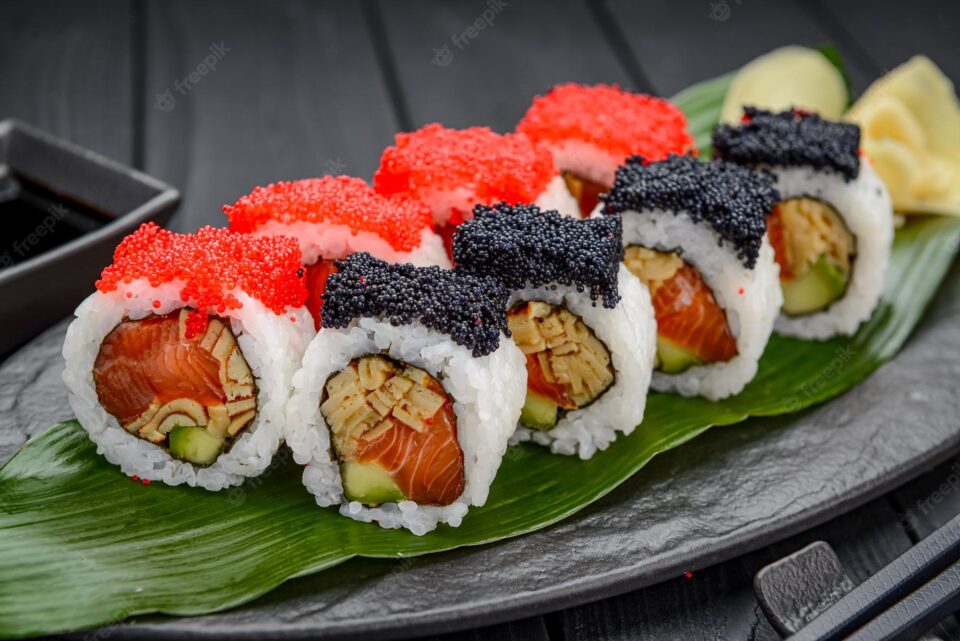When it comes to sushi, the focus is often on the freshness of the fish, the quality of the rice, and the artful presentation. However, one delightful ingredient that has steadily gained traction in the culinary world is tobiko—vibrant, flavorful fish roe that is transforming not just sushi, but a wide range of dishes. Here, we’ll dive into what makes tobiko so special, its various uses, and how it’s elevating cuisines around the globe.
What is Tobiko?
Tobiko is the Japanese word for fish roe, specifically referring to the roe of the flying fish. It is typically small, orange in color, and known for its distinctive crunchy texture. But tobiko isn’t just one color; it can also be found in various shades, including green, black, and red, thanks to the infusion of natural ingredients like wasabi, squid ink, and beet juice. The varying colors contribute not only to its visual appeal but also to a delightful array of flavors—each hue brings its own unique character and taste.
From Ocean to Plate: The Harvesting Process
Tobiko is harvested primarily from flying fish found in warm ocean waters. The roe is collected during the spawning season, which typically occurs in the spring and summer months. Once harvested, the eggs are cleaned, lightly salted, and, in some cases, flavored before being packaged for distribution. The freshness and quality of the tobiko depend on the meticulous handling and processing methods, which emphasize sustainability and food safety.

Culinary Uses of Tobiko
While tobiko is most commonly associated with sushi, where it is used as a garnish for rolls like the California roll or as a topping for nigiri, its versatility doesn’t stop there. Here are some innovative ways tobiko is used in various dishes:
1. Sushi and Sashimi
The classic pairing of tobiko with sushi is unrivaled. It adds a burst of flavor when combined with fresh fish, and its pop-in-the-mouth texture contrasts beautifully with the tenderness of the raw ingredients. Tobiko can also be found in specialties like dragon rolls, providing a colorful and tasty accent.
2. Appetizers and Small Plates
Chefs are increasingly using tobiko as a topping for canapés, spreads, or dips. Its striking color and flavor can enhance everything from bruschetta to avocado toast, creating an elegant touch for upscale appetizers.
3. Pasta and Risotto
Tobiko can elevate traditional pasta dishes and risottos, adding a unique umami kick. By incorporating it into sauces or sprinkling it on top of a finished dish, chefs can create visually stunning plates that also tantalize the taste buds.
4. Soups and Stews
In some culinary traditions, tobiko is being introduced into soups to add complexity. A spoonful of tobiko can turn a simple bowl of miso soup into a gourmet experience, creating a delightful symphony of textures.
5. Creative Cocktails
In mixology, tobiko is also making waves. Innovative bartenders are using it as a garnish for cocktails, providing not only a pop of color but also a burst of flavor that surprises patrons.
Health Benefits of Tobiko
Beyond its aesthetic appeal, tobiko is a nutritious addition to your diet. It is rich in omega-3 fatty acids, which are known to support heart health, brain function, and reduced inflammation. Additionally, tobiko is lower in calories compared to other types of caviar, making it a guilt-free indulgence for those watching their diet.
Conclusion: A Culinary Gem
Tobiko is more than just a garnish; it’s a culinary gem that brings color, flavor, and texture to an array of dishes, transcending the traditional sushi plate. As chefs continue to experiment and innovate, tobiko’s star is set to rise even higher in the culinary world. Whether enjoyed in sushi, integrated into sophisticated dishes, or served as a fun garnish, tobiko delivers a taste experience that’s as memorable as it is delicious. Embrace this vibrant seafood treat and explore the endless possibilities it brings to your table!
